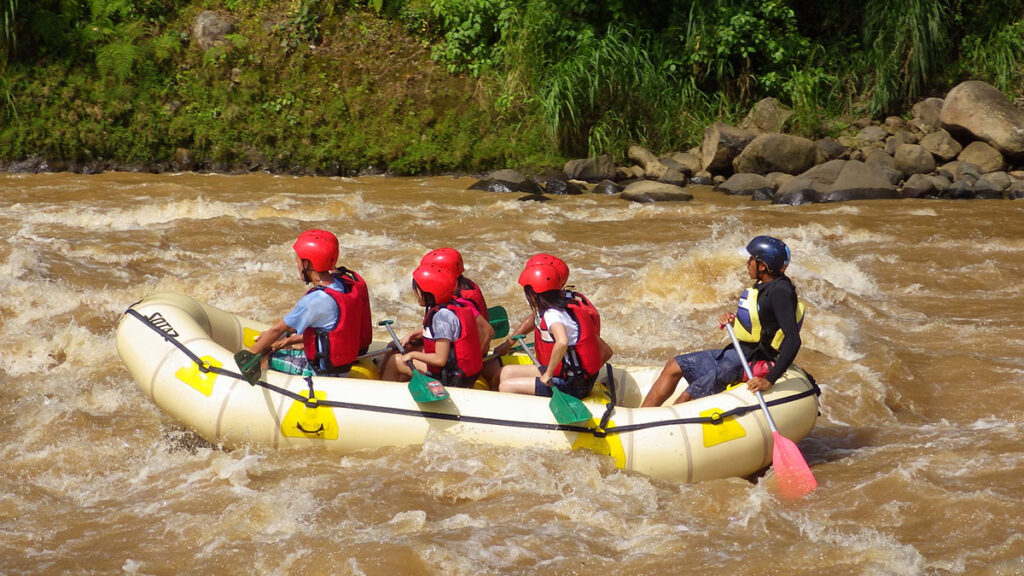Growing up in Cagayan Valley in Northern Luzon, I was told that our province has a twin in Mindanao. But as a young girl who has heard and read too many folktales and fairy tales, I thought this was just another story elders would tell when the electricity is out, and there’s nothing left to share.
If only I knew then what I know now, I would’ve listened intently to stories and asked more questions about this so-called twin because Mindanao’s Cagayan is a force to reckon with.
Here’s why:
Owning its names
Unlike most of the cities in the Philippines, Cagayan de Oro (CDO) is known for many things. Some call it the Emerging City of Tomorrow, Adventure Capital of the Philippines, the City of Golden Friendship, or the Gateway to Northern Mindanao for a number of reasons. But time and again, this city has proved worthy of its names.
Traveling back to the colonial period, it was established as a mission station of the Spaniards in the 17th century. In the 1900s, the then-called Cagayan de Misamis was the very soil where Filipinos claimed one of its victories during the Philippine-American war. During the brief Japanese regime, parts of the city were burned down. Through time, The city rose from the ashes and now spurs even higher than some cities in the nation’s capital.
Northern Mindanao’s gateway, emerging city of tomorrow
CDO maneuvered with its strengths. The city, advantageously located and surrounded by water, can be reached via air and water transportation. It proudly serves as the home of the Port of Cagayan de Oro, Mindanao’s biggest international and domestic seaport. It connects the island to Metro Manila, Bacolod, Bohol, Cebu City, Dumaguete, Iloilo City, Tagbilaran, and Bohol.
The Laguindingan Airport (CGY), meanwhile, opens the city to domestic and international travelers. It also has various transportation hubs that travel as far as the Zamboanga peninsula.
As the city is easily accessible from Luzon and the rest of Mindanao, many saw and pursued the city’s potential as a tourist and business hub. It has grown into Mindanao’s regional center, catering to homegrown and multinational companies alike.
With notable schools like Gusa Regional Science High School, Xavier University, and other educational institutions, CDO breeds talented Mindanaoans that help contribute to the city and country’s growth.
City of golden friendship
Although the city is now highly urbanized, residents and travelers still get the chance to experience CDO’s culture and nature.
Similar to many Philippines cities, it displays its culture during fiestas, the grandest of which is the Higalaay Festival. Celebrated in honor of its patron, St. Augustine, the city would fill plazas and streets with parades, cultural dances, floats, and cooking shows.
As the Adventure Capital of the Philippines, it has activities for everyone. It has adrenaline-pumping activities for thrill-seekers, such as white water rafting at Cagayan De Oro river or paragliding from the city’s peak. The Catanico Falls and the Macahambus Cave are ideal for those who want to explore the city’s hidden natural wonders.

For a more peaceful escapade, pilgrims may visit the 50-foot tall statue of Jesus Christ at the Divine Mercy Shrine or centuries-old Saint Augustine Metropolitan Cathedral.
The Cagayan I grew up in and the city it shares a name with are surely found in different islands of the Philippines. But seeing how beautifully CDO turned out after its ups and downs, I wouldn’t think twice about living out there, too. With the perfect blend of nature and city life, what’s not to love in CDO?
